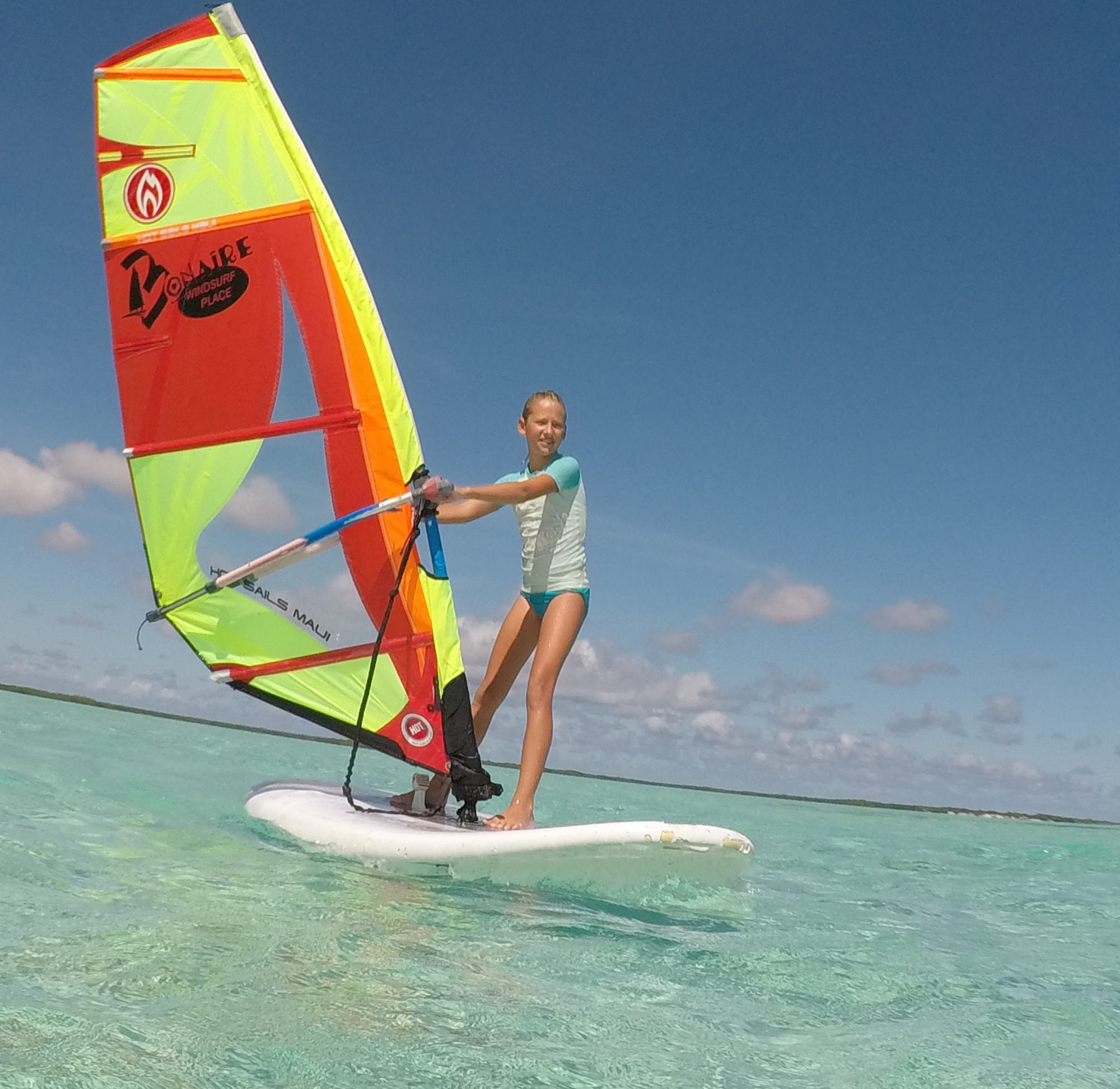Hello from the Sea of Cortez! We are going to try to get back to our blog after another hiatus. Of course our plans changed with the rest of the world’s as Covid 19 entered the arena. We are still in Mexico, currently in Bahia de Concepcion. We had a great sail up the Baja coast. Each of the girls reeled in a Mahi and a Sei whale played with us for about half an hour. We are enjoying secluded beaches with lovely shells, whale skeletons, and plenty of paths to explore. We have included a photo of Heidi with her Mahi.

We will share some whale photos in our next post with Sally’s research on Sei whales.
We are hoping to see whale sharks a little further north, so here is what we know about them…
Whale Sharks by Sally
Whale sharks are slow moving, filter feeding, and the largest known fish species. They eat little fish, plankton, shrimp, fish eggs and lots of other little water creatures. The average size and weight of a whale shark is around 9.8 meters, or 32 feet, and each weighs around 9 tons. There are whale sharks that have been spotted that are 18 meters, or 56 feet, but it is rare to see a whale shark that is longer than 12 meters.
Whale sharks live in all tropical and warm-temperate water. Whale sharks are known to live in the open sea but not in super deep water. However, it is known that they occasionally dive down to depths of 1,800 meters, 5,900 feet.
Whale sharks have lots of pups in a short amount of time, pregnant whale sharks have up to 300 pups that are born not all at once but over a period of time. The eggs stay in the female until they are hatched, then they have a live birth. The pups are 40-60 cm when they are newborn. A cool fact about whale sharks is that the males aren’t mature until they are 25. Also whale sharks can live up to 80-130 years old!
Another interesting fact about whale sharks is how they eat. Feeding occurs either by ram filtration or by active suction feeding. Ram filtration is when the whale sharks swim through a line of fish with its mouth open. The fish then basically swim into the sharks mouth. Active suction feeding is when they open and close their mouth creating a suction kind of like a vacuum cleaner. On average, juvenile whale sharks eat about 45 pounds of plankton each day.
Even though whale sharks are so big, they pose no threat to humans. They can only eat creatures the same size or smaller than a quarter. So, go look for whale sharks and feel free to jump in with them. However, please be careful and don’t crowd their space. Moms won’t be happy if you get between her and her pups!

Nice to hear from you Mark! Was wondering where you were lately. Sounds like you’re all thriving!